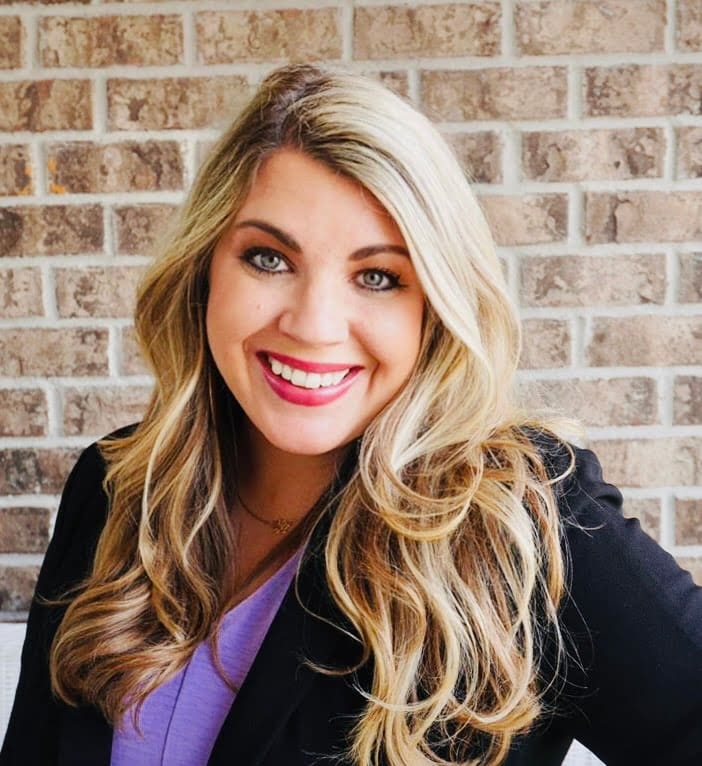
How Often To Clean Your Email List: A Guide for Education Solution Providers
Discover the optimal frequency for cleaning your email list to maintain high deliverability and engagement rates. Learn best practices and effective tools.
Gone are the days when classrooms were places simply for memorizing historical facts, diagramming sentences, or reciting the Preamble to the Constitution. Today, they’ve become battlegrounds for something much more profound: truth, trust, and how young minds interact with a world dominated by digital noise. As a mother and educator, I’ve witnessed firsthand how overwhelming it has become for students to sift through endless streams of information. They’re surrounded by content, yet starved for clarity.
This is why civic and media literacy are no longer optional—they’re essential. They aren’t just new terms to tack onto a curriculum guide. They are fundamental tools for understanding the world and engaging with it in a responsible manner. And as we move through the summer of 2025, they have never been more timely.

Students today are growing up with more access to information than any previous generation. A single swipe opens up an entire universe of headlines, commentary, and cleverly edited videos. But with that constant exposure comes the burden of discernment. Misinformation is quick to spread. Sensationalism often drowns out thoughtful analysis. With the rise of generative AI, it’s becoming increasingly difficult to distinguish truth from digital fabrication.
I’ve taught students who couldn’t tell the difference between parody and legitimate reporting. I’ve led discussions where the room went quiet after we asked, “Who made this, and what do they want us to believe?” And I’ve heard parents express genuine concern after hearing their child repeat something outrageous they saw on TikTok or YouTube.
This challenge doesn’t fall along party lines. It isn’t about red or blue—it’s about helping students grow into thoughtful adults who can engage in civic life with awareness and respect.
Understanding how government works, what our rights are, and how to engage with others—these are the pillars of civic literacy. However, if students can’t identify misinformation or recognize bias, they won’t be prepared to participate in our democratic process. To be informed citizens, they need both: the knowledge of how systems function and the skill to interpret the messages they receive constantly.
Fortunately, some schools across the country are beginning to respond. Teachers are introducing media analysis into literature classes, encouraging debates rooted in facts, and helping students understand the responsibilities that come with digital citizenship. New resources are helping educators address topics such as AI-generated content and ethical online behavior.
The goal isn’t to shelter students from the internet or the world—it’s to prepare them to meet both with confidence and discernment.
So when you hear “media literacy,” don’t brush it off as some kind of educational fad, because it’s not. Instead, think of it as essential armor for school and life. It’s what will help the next generation cut through the noise, challenge falsehoods, and build a future grounded in truth. That kind of thinking? That’s the foundation of a real education.

Meredith Biesinger is a licensed dyslexia therapist in Mississippi, in addition to being an experienced classroom teacher and K-12 administrator. Meredith also works as a consultant, where she bridges the bridge the gap between K-12 school districts and ed-tech organizations. With a passion for literacy, she is also a professional writer and syndicated author. With a M.Ed in Educational Leadership and a B.S. in English Education and Creative Writing, she has had rich and diverse opportunities to teach students and education professionals in different parts of the country as well as overseas.

Discover the optimal frequency for cleaning your email list to maintain high deliverability and engagement rates. Learn best practices and effective tools.

This year’s funding adjustments are not just figures on spreadsheets or topics in budget meetings. They are tangible, felt in the very heart of our education system-in classrooms, teacher lounges, and school hallways.
The modern landscape of assessments and academic data collection is changing. Here is how to stay up-to-date with new ways to assess students.
We use cookies to ensure you get the best experience on our website. Learn more.
We’re here ready to answer your questions! Share a little information with us below and one of our Agile experts will be in touch shortly.